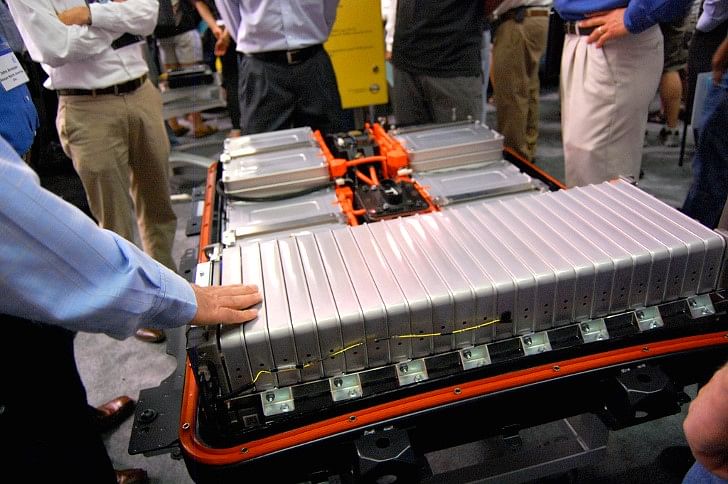As summers pass us by, the effect of climate change and global warming are becoming more apparent. As per a report by India Meteorological Department, over 60% of India, or 22 states and Union Territories recorded above-normal maximum temperatures on April 18.
This is a sign of concern to say the least, particularly as heat is a significant factor in lithium battery accidents. These batteries are becoming vulnerable to temperature-related risks as temperatures rise. In part, since high temperatures can cause low-grade lithium-ion batteries to overheat and become unstable, leading to a risk of fire or even an explosion.
The onus is on consumers to use the right criteria when buying high-quality lithium-ion batteries. The process often begins with cell selection. Cell characterization itself is a very tedious process that takes over four months. Battery manufacturers need to characterize cells in high and low temperatures as well as at different charge and discharge rates. Cell characterization requires significant costs, equipment, and time which unfortunately most battery backers do not do, leading to the rise of unstable batteries in the market.
These battery backers rely on dubious cell data sheets for cell characterization without understanding its behaviour. As it goes, thermal systems in a battery pack then need to be matched with a cell temperature rising at different discharge rates and at different ambient temperatures. Once this is done, the BMS developed by, manufacturers should then control all the safety features like charging and discharging. The BMS itself needs to have components from Tier I manufacturers.
In reality, almost 90% of battery manufacturers today in India are only assemblers who play only on price.
Current scenario of battery manufacturers in India
Most Indian battery manufacturers do not invest in the highest quality cells, which could provide a more reliable and longer-lasting product. Instead, they purchase the lowest-grade (B and C grade) Chinese cells to cut prices. These low-grade cells have higher internal resistance and therefore are more susceptible to overheating and fires.
They also do not follow proper guidelines to assemble batteries like cell characterization and engineering on thermal management, prevention of thermal runway and more.
Cut to the the consumer. Customers may be exposed to lower-grade batteries with shorter lifespans, which could result in a negative experience. Therefore, it is advisable that customers do thorough research on the battery brands and manufacturers before making a purchase to ensure that they are getting the best quality and value for their money. While B and C-grade batteries might cost cheaper to the end consumer, in the longer run, it is the A-grade batteries that are economically viable and safeguards the interest of the consumer’s life and cost. Ultimately battery is 40% of the cost of vehicles but makes up an entire brand’s value.
OEMs need to make better choices
OEMs (Original Equipment Manufacturers) and battery swapping companies should be vigilant enough to select the best quality li-ion batteries and their manufacturers, particularly since poor-quality batteries can be prone to failure. Some manufacturers may use substandard materials or processes in an effort to reduce costs.
When making a choice, OEMs and battery-swapping companies should prioritize quality over price. This is vital to ensure that the batteries are safe and of the highest quality.
OEMs should conduct thorough research on battery manufacturers and assess its safety records, product certifications, and manufacturing processes. These OEMs must ask relevant questions like the simulation of the thermal runaway, delta-T, rise in drive cycles, traceability, and grade of cells besides assessing the warranty policies and customer service of the manufacturer.
Batteries in the future
To avoid battery accidents in the future, customers need to change their preference for purchasing lithium batteries from cost to safety. Lithium batteries are a great source of power, but they can be dangerous if not handled properly.
Safety should always be the top priority when selecting a lithium battery for any EV. Consumers need to look for batteries that have been tested for safety and are certified for use in their specific applications. It is also advisable to read the manufacturer’s instructions and follow them carefully when installing and handling the battery. Taking these precautions can help ensure that you get the best performance and safety from your lithium battery.
(Disclaimer: The views and opinions expressed in this article are those of the author and do not necessarily reflect the views of YourStory.)





![Read more about the article [The Turning Point] How a medical emergency pushed this 18-year-old entrepreneur to launch a co-living startup](https://blog.digitalsevaa.com/wp-content/uploads/2021/02/WhatsAppImage2021-01-20at5-1614325930463-300x150.jpg)




